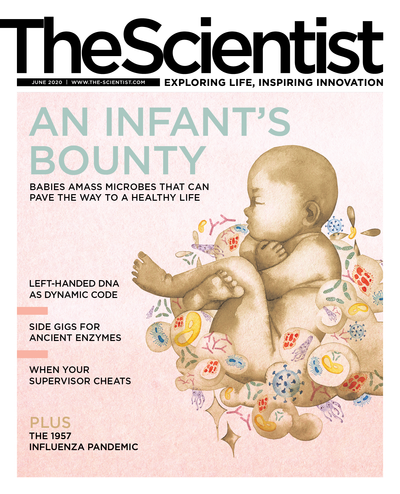Based on experiments with mice and cultured human epithelial cells, researchers pieced together how hosts can use exosomes to defend themselves against bacterial toxins. Host cells detect the presence of bacteria using a receptor called TLR9, which senses bacterial DNA (1). In wild-type mice, host cells respond by releasing exosomes studded with the protein ADAM10, which act as decoys, but mice deficient in an autophagy protein called ATG16L1 release far fewer of the decoy exosomes (2), indicating the autophagy protein is necessary to mount an effective exosome response. Indeed, while MRSA’s alpha-toxin binds the host receptor ADAM10 on exosomes in wildtype mice, destroying the vesicles, in mice lacking ATG16L1, alpha-toxin binds ADAM10 on host cells, forming a pore and killing cells (3).

Read the full story.
Interested in reading more?







